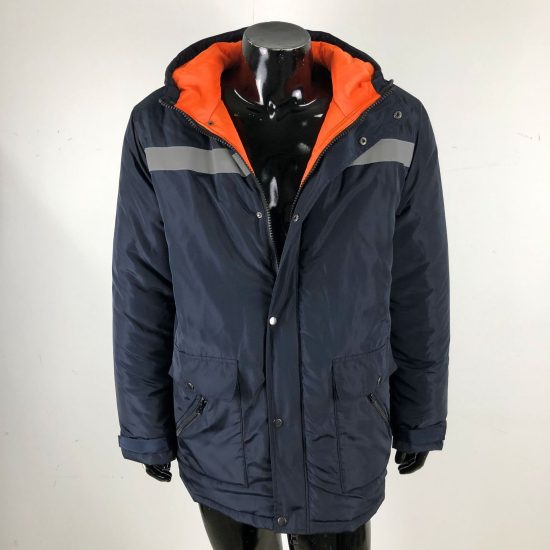Safety gear for hazardous environments, also known as personal protective equipment (PPE), is essential to protect individuals from specific workplace hazards that may cause injuries, illnesses, or exposure to dangerous substances. The type of safety gear required depends on the nature of the hazards present. Here is a list of common safety gear for various hazardous environments:
- Safety Helmets (Hard Hats): Protect the head from falling objects, overhead hazards, and impact. Commonly used in construction, manufacturing, and industrial settings.
- Eye and Face Protection:
- Safety Glasses: Shield the eyes from debris, flying particles, and chemical splashes.
- Face Shields: Provide additional protection for the face from impacts and chemical hazards.
- Goggles: Seal tightly to protect against chemical fumes, dust, and airborne irritants.
- Hearing Protection:
- Earplugs: Inserted into the ear canal to reduce noise exposure.
- Earmuffs: Cover the ears to muffle loud sounds and protect against hearing damage.
- Respiratory Protection:
- Dust Masks: Filter out particulate matter and dust.
- Respirators: Protect against harmful gases, vapors, and airborne contaminants.
- Self-contained Breathing Apparatus (SCBA): Used in oxygen-deficient or hazardous atmospheres.
- Hand Protection:
- Gloves: Protect against cuts, abrasions, chemicals, and temperature extremes.
- Gauntlets: Cover the hands and wrists for added protection.
- Foot Protection:
- Steel-toed Boots: Guard against heavy objects, sharp materials, and crushing hazards.
- Chemical-resistant Boots: Designed to resist chemicals and hazardous substances.
- Slip-resistant Shoes: Prevent slips and falls in wet or oily environments.
- High-Visibility Clothing: Includes vests, jackets, and shirts with reflective strips for visibility in low-light conditions. Commonly used in construction, roadwork, and traffic control.
- Chemical-Resistant Clothing: Coveralls, aprons, and full-body suits designed to protect against chemical spills and exposure. Used in laboratories, chemical handling, and hazardous material cleanup.
- Flame-Resistant (FR) Clothing: Protects against flames, sparks, and high-temperature environments. Worn in welding, firefighting, and oil and gas industries.
- Fall Protection:
- Safety Harnesses: Secure workers working at heights or in confined spaces.
- Lanyards and Lifelines: Prevent falls and enable rescue.
- Safety Nets: Catch workers in case of a fall.
- Heat and Cold Protection:
- Heat-Resistant Clothing: Protects against extreme heat, flames, and radiant heat.
- Cold Weather Gear: Insulated clothing and accessories for cold and freezing conditions.
- Radiation Protection: Lead aprons and shields protect against ionizing radiation in medical and nuclear settings.
- Electrical Safety Gear: Insulated gloves, face shields, and mats protect against electrical shocks and arc flash hazards.
- Chemical Splash Protection: Face shields, aprons, and splash goggles protect against chemical splashes and exposure.
- Biological Hazard Gear: Includes hazmat suits, respirators, and gloves for protection against biological contaminants and infectious diseases.
- Confined Space Entry Equipment: Safety gear such as harnesses and lifelines used when working in confined spaces to prevent accidents and enable rescue.
- Emergency Response Equipment: Includes fire-resistant clothing, self-contained breathing apparatus (SCBA), and emergency shower/eye wash stations for immediate response to hazardous incidents.
Selecting the appropriate safety gear for hazardous environments is crucial for ensuring the safety and well-being of workers. Employers should conduct hazard assessments and provide the necessary PPE to mitigate risks effectively. Additionally, workers should be trained in the proper use and maintenance of their safety gear to maximize its effectiveness.


